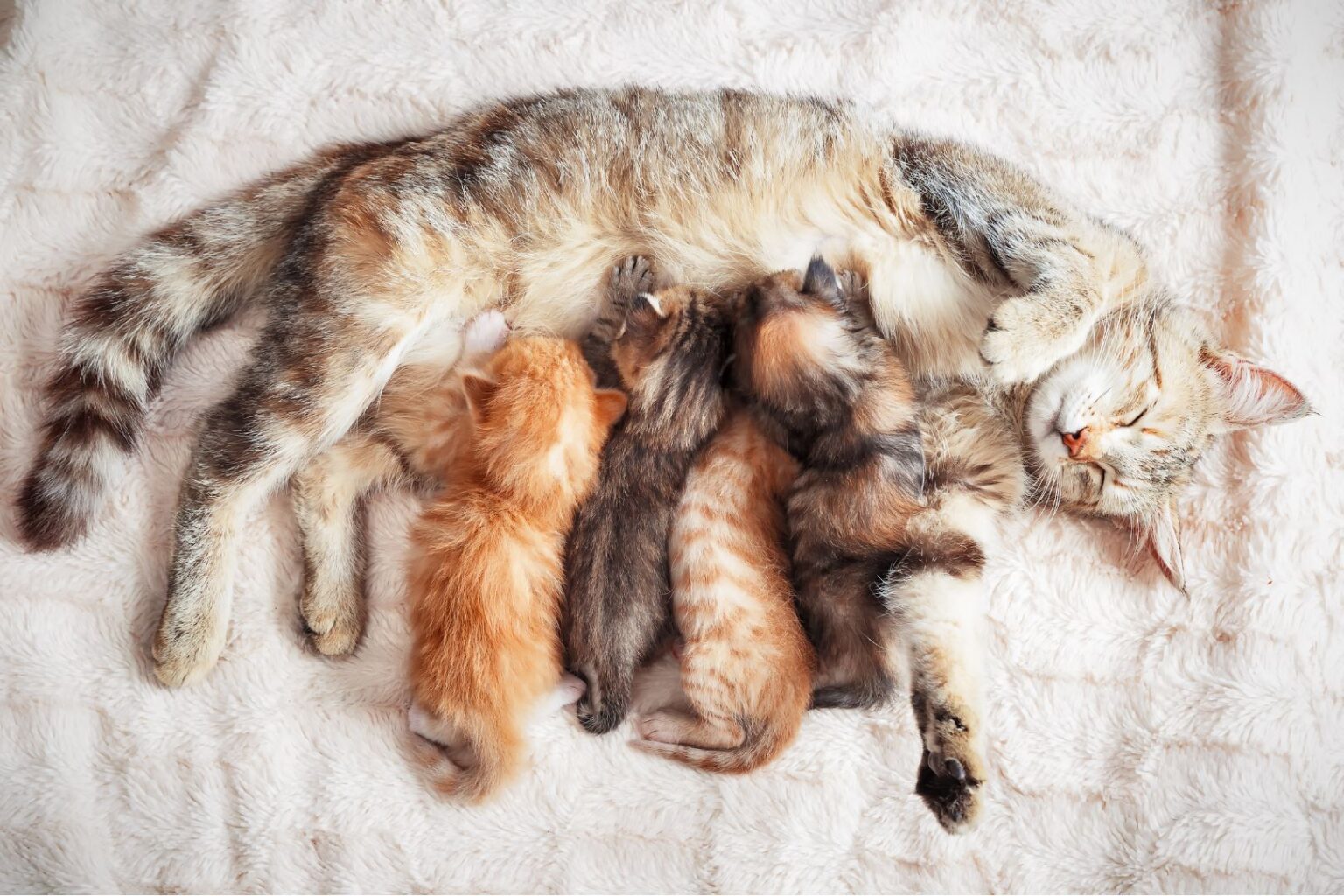The excitement of welcoming a new kitten
A pink little nose arrives at home and hearts melt… except maybe your feline veteran’s. Totally normal: for cats, territory is everything. The good news? A gentle, structured introduction can turn hisses into harmony.
Your best allies: time, scent, and predictable rituals. Ready to make this meeting a sweet memory instead of a soap opera?
Set the stage before they meet
Give your kitten a private suite for a few days: a calm room with three clear zones—food, rest, litter. Separate everything from day one to avoid resource tension.
- Dedicated litter tray (never shared at the start).
- Food and water bowls far from the litter area.
- Hideouts and vertical spaces to observe peacefully.
A sturdy perch like a well-chosen cat tree reassures everyone and redirects scratching to the right spot. Need help picking one? See this complete cat tree guide.
A scent-swap hack that truly works
Create a simple “scent box.” Pop two clean washcloths into a bag. Rub one on the kitten’s cheeks and neck, the other on your resident cat’s. Alternate the cloths morning and evening for 3 days.
Result: both learn each other’s scent in a calm, positive way—before eyes meet. It’s like saying “Nice to meet you” in cat language.
Fun fact: some cats are strangely drawn to bleach smells. Curious why—and how to use that safely at home? Here’s why some cats love the smell of bleach.
The first hello, step by step
Start with scent exchanges (bedding, brushes, cloths). Then move to brief visual peeks through a cracked door or baby gate. Aim for curiosity, not confrontation.
- Days 1–3: feed on each side of the door at a comfortable distance. Nudge bowls closer session by session.
- Days 3–5: very short “see-but-don’t-meet” moments, paired with treats and wand play.
- Next: short supervised encounters with escape routes and high shelves. Keep it brief and end on a good note.
Pro tip: smear a tiny lickable treat (like a kitty purée) on two lick mats placed far apart during visual sessions. Associating “I see you” with “this is delicious” helps cement calm feelings.
The common mistake to avoid
Don’t put them face-to-face on day one. A rushed meeting can lock in fear and chasing for weeks. Ten tiny wins beat one bad first impression every time.
Handling hiccups (and big feelings)
Hisses, growls, arched backs… they’re signals, not failures. Step back one stage, shorten sessions, and raise the value of rewards.
- Multiply resources: 1 litter per cat, plus 1 extra. Several water spots and scratching posts.
- Use calming pheromone diffusers during the first weeks if needed.
- Keep play short and happy to pair the other cat with something fun.
Not sure if your elder is anxious or just grumpy? Learn the key signs of stress in cats so you can adjust at the right time.
Your daily harmony routine
Try two mini play sessions a day with each cat, then one short joint session. Keep it brief and positive; end before tension rises.
- Ground-level chase game for one, feather wand for the other.
- Simultaneous treat drops when they calmly look at each other.
- Separate rest after play to help everyone decompress.
Keeping the peace long-term
Once things run smoothly, protect the routine. Cats adore stability: same times, same rituals, same zones. A peaceful home is built on predictability.
- Vertical space + varied scratchers = less frustration and better outlets.
- Bowls spaced out, multiple water points, and spotless litter trays.
- Daily enrichment: food puzzles, high-up routes, tunnels, windowsills.
If someone backslides (a hissy spell, a surprise pee), do a quick “reset”: 2–3 days of scent swaps + door crack visuals. A small step back now prevents a big conflict later.
Worried about your sofa? Offer irresistible alternatives and smart setups to stop furniture scratching without stress.
Bonus practical tip
“Meal magic” accelerates peace. During door-meal sessions, place bowls so both can hear gentle eating sounds but can’t touch. Every two meals, bring bowls 10–20 cm closer. Slow, steady progress teaches: “That cat near food means good things for me.” Want to upgrade the litter side of things too? Here’s how to choose the right litter for a multi-cat home.
FAQ
How long does it take to introduce a new kitten to a cat?
Anywhere from a few days to a few weeks. Move from scent to sight to short meetings, and step back the moment tension pops up.
When can they share a litter box?
Not at the start. Plan 1 box per cat plus 1 extra. Sharing too early can create stress and accidents outside the box.
Is hissing at the kitten a bad sign?
It’s a warning, not a disaster. Shorten sessions, increase rewards, and return to the previous step. Monitor appetite, sleep, and litter habits.
What are signs the introduction is going well?
Calm curiosity, polite sniffing, parallel play, napping in the same room, normal appetite. Keep sessions short and end on a win.








